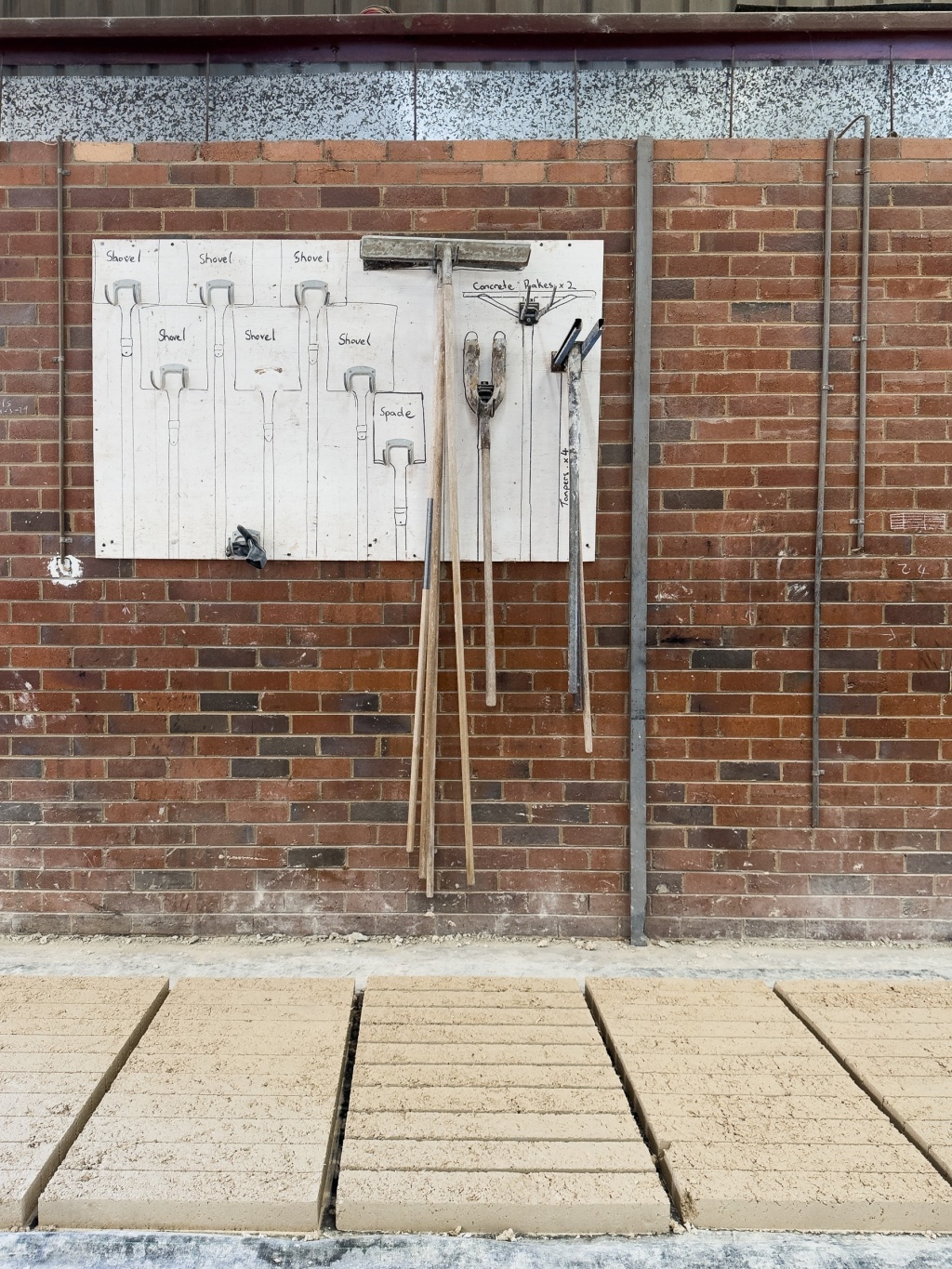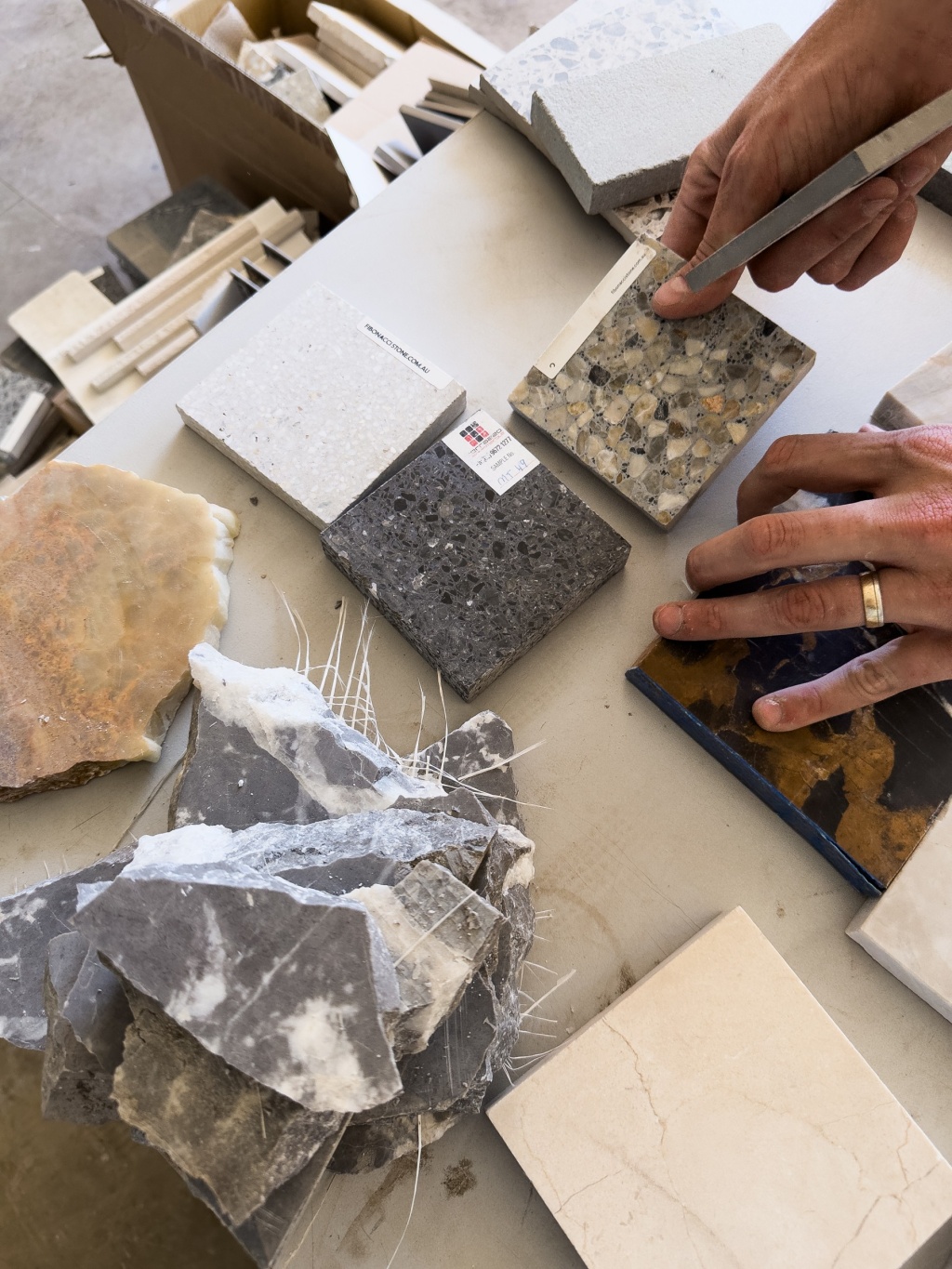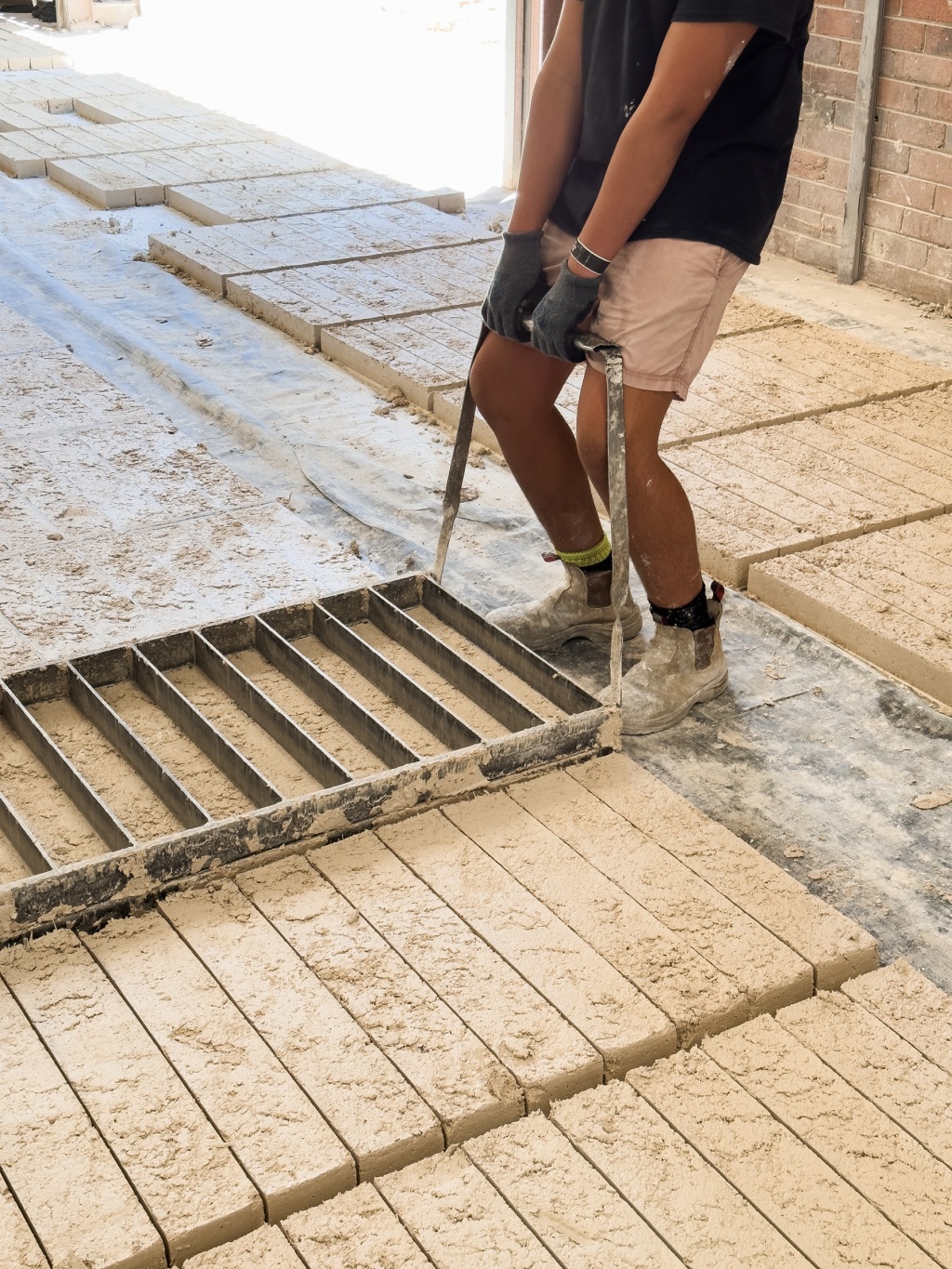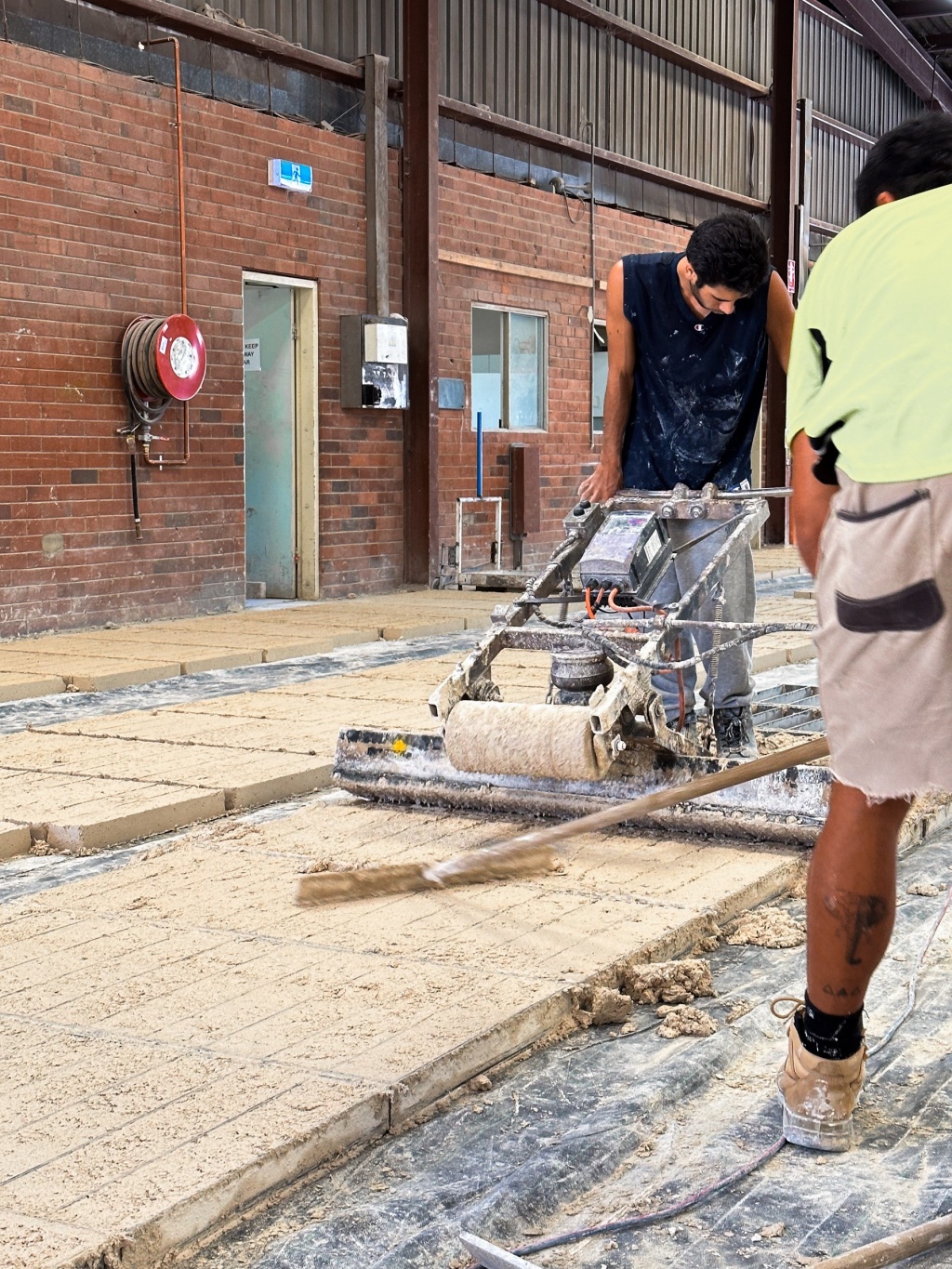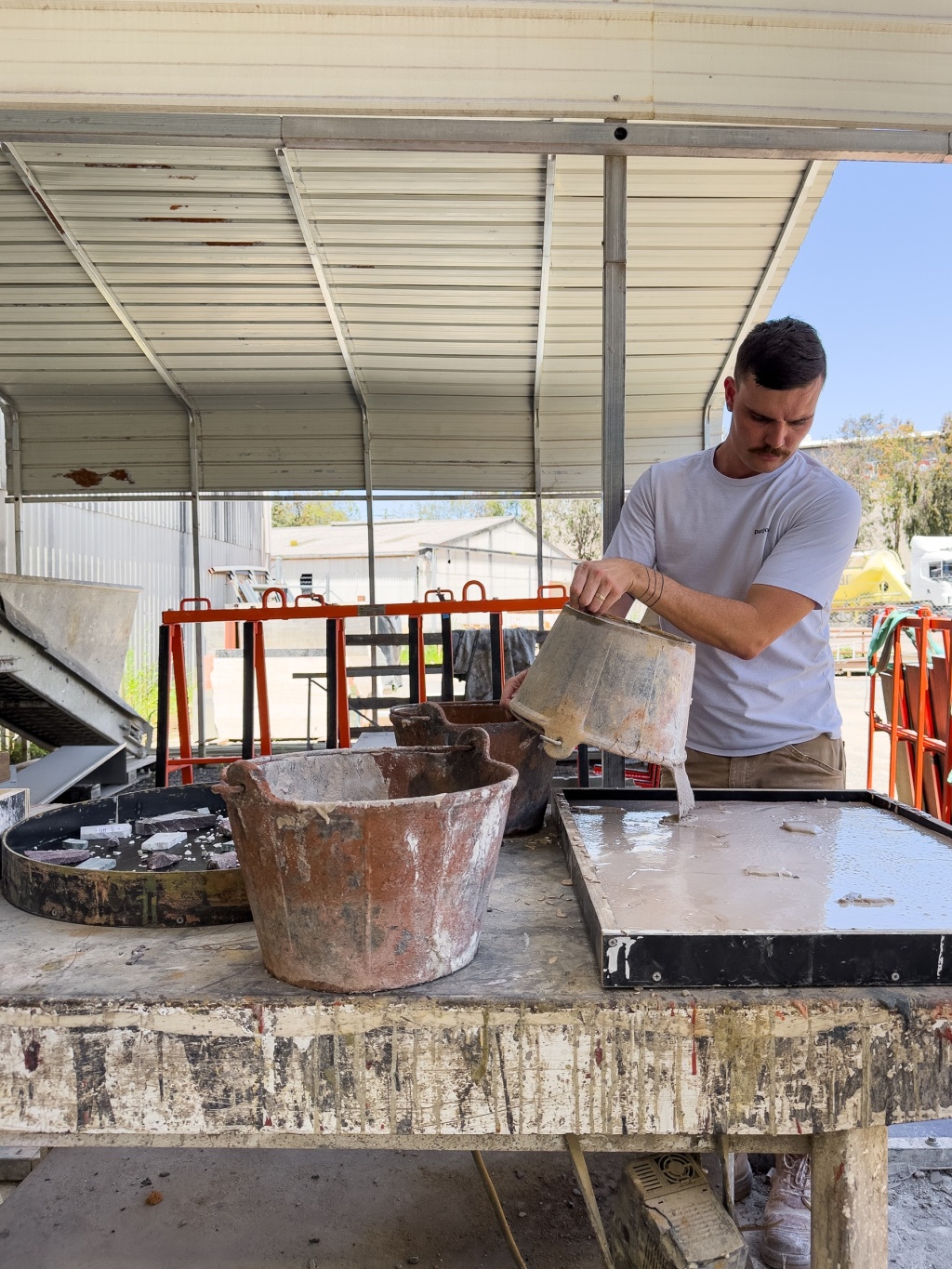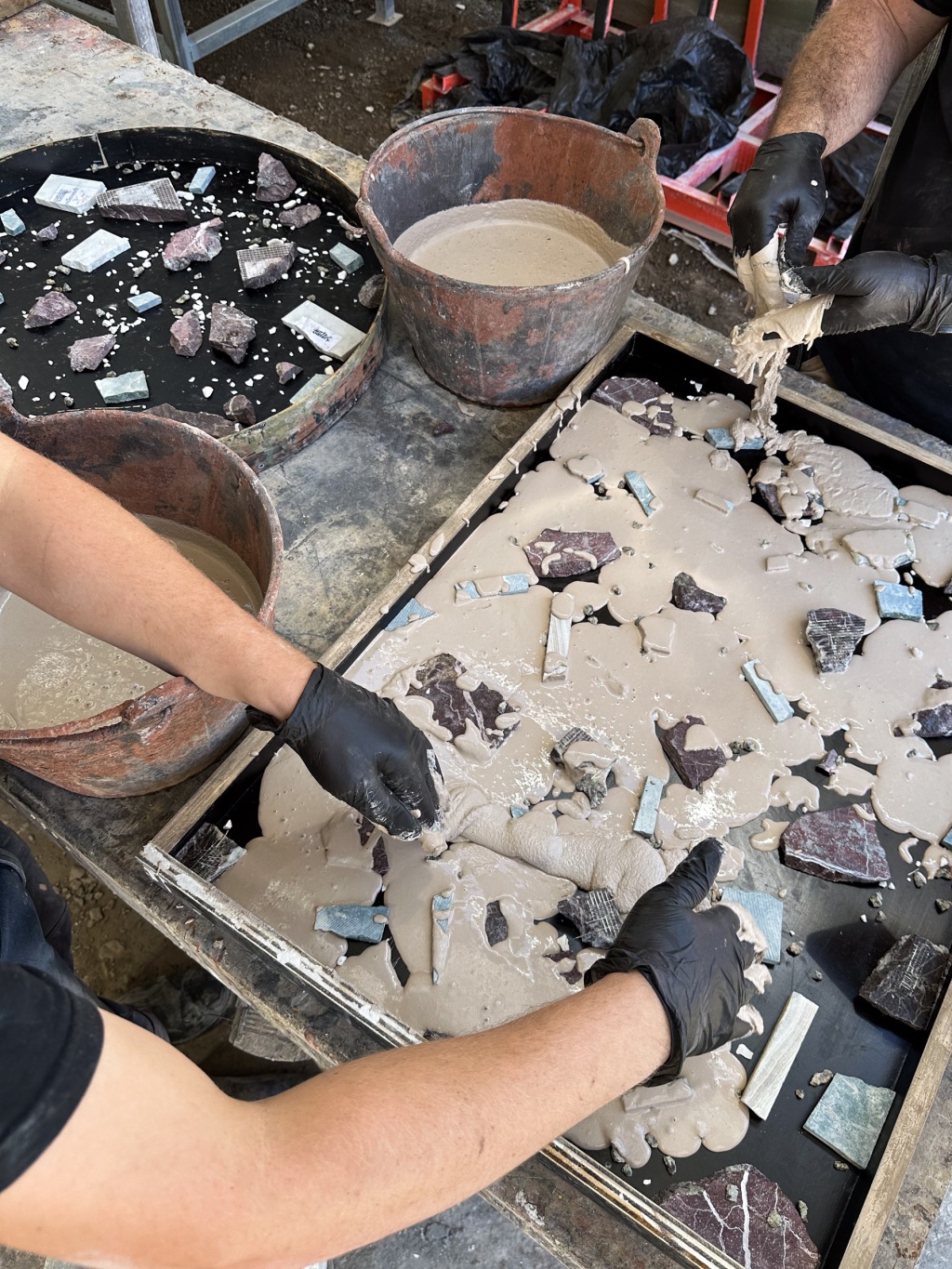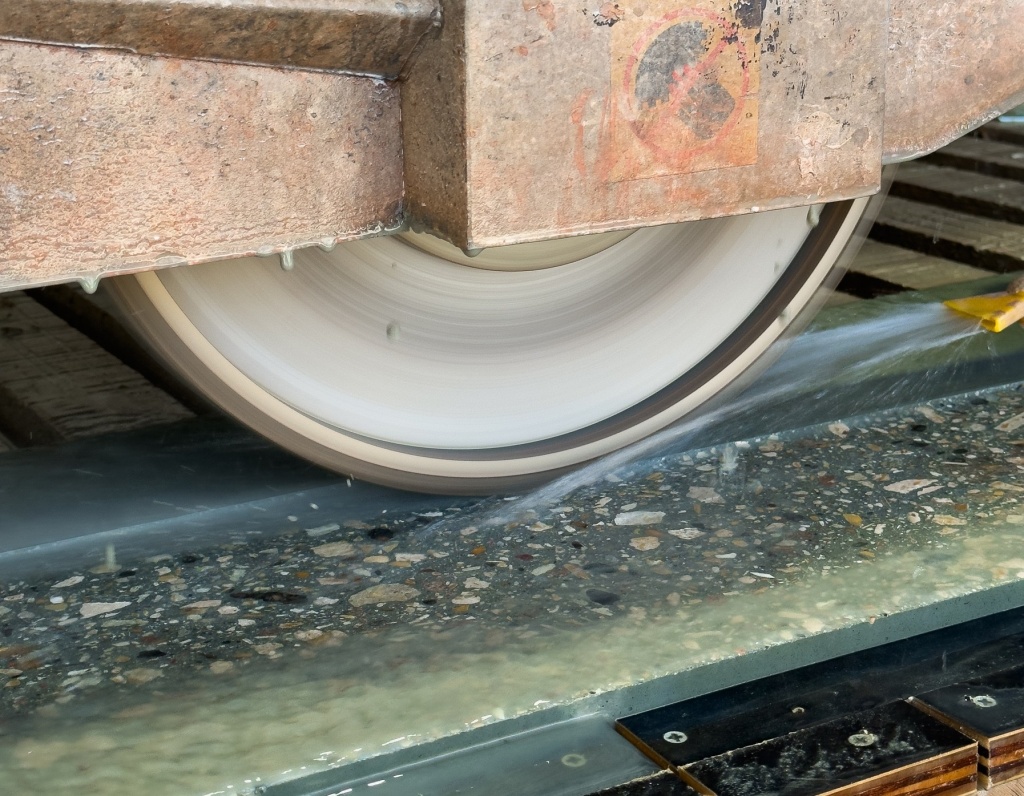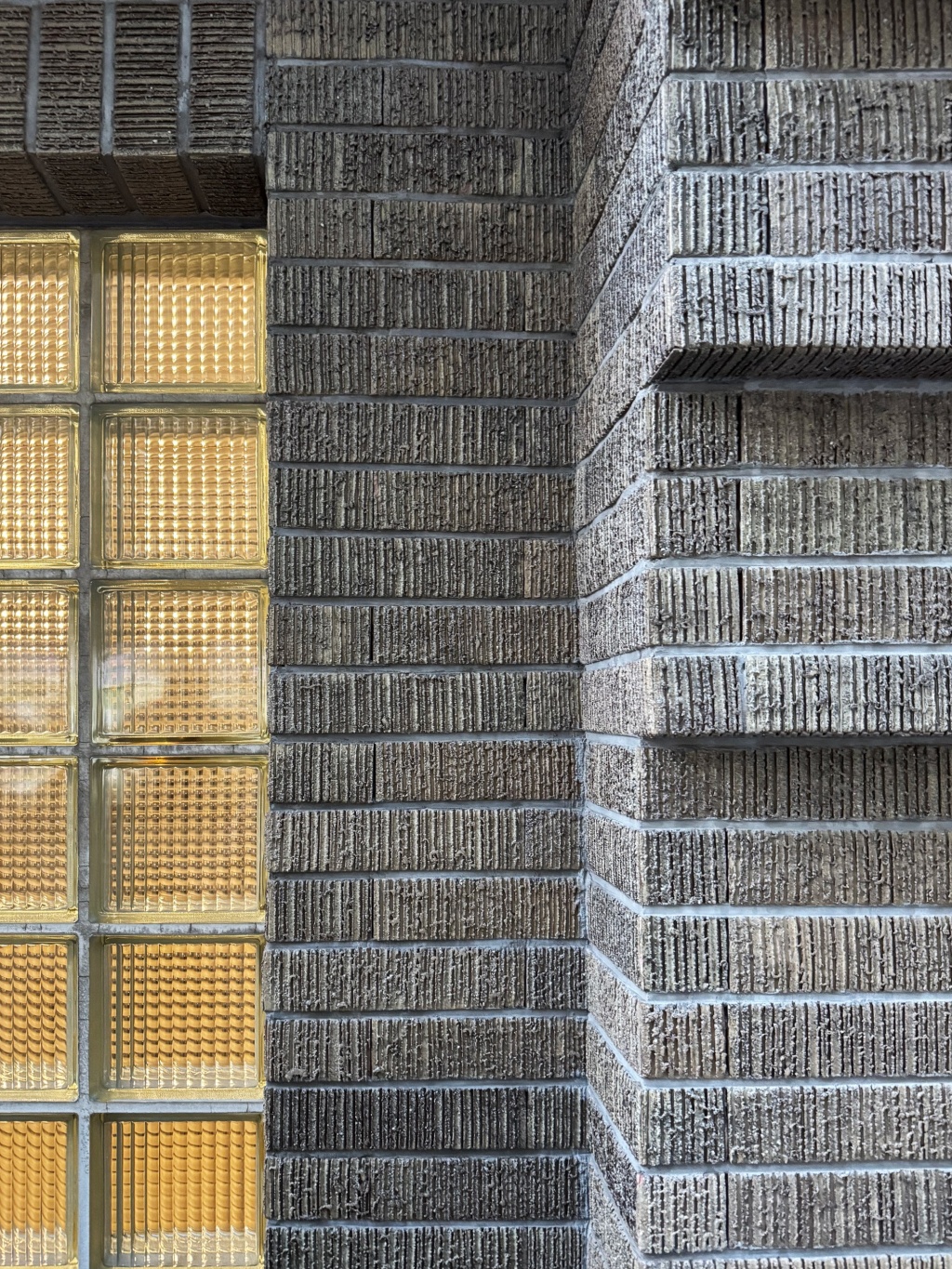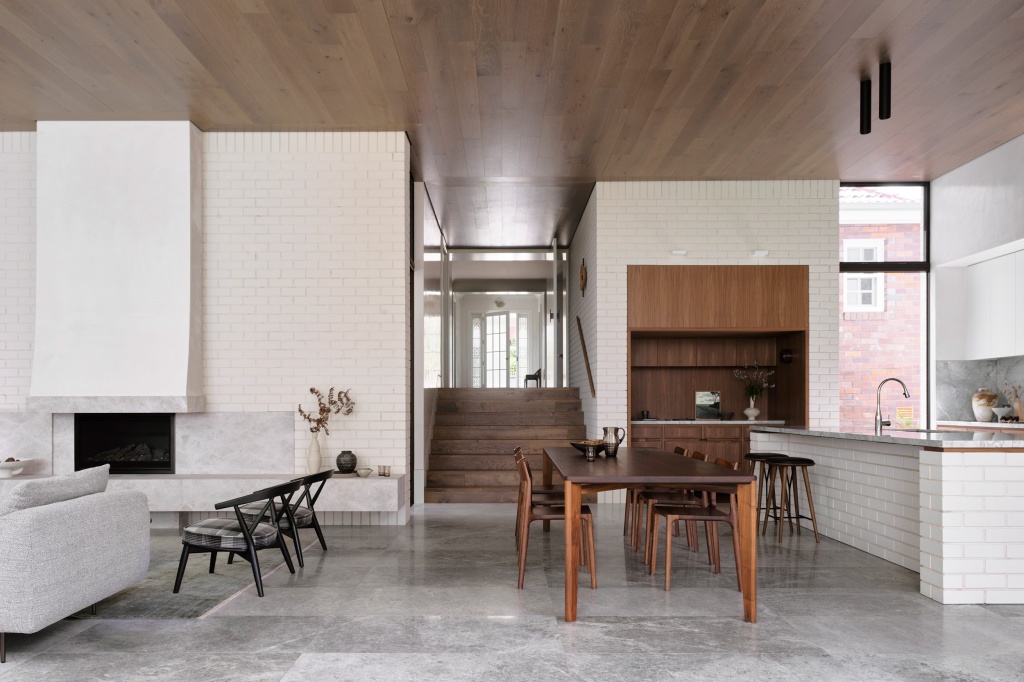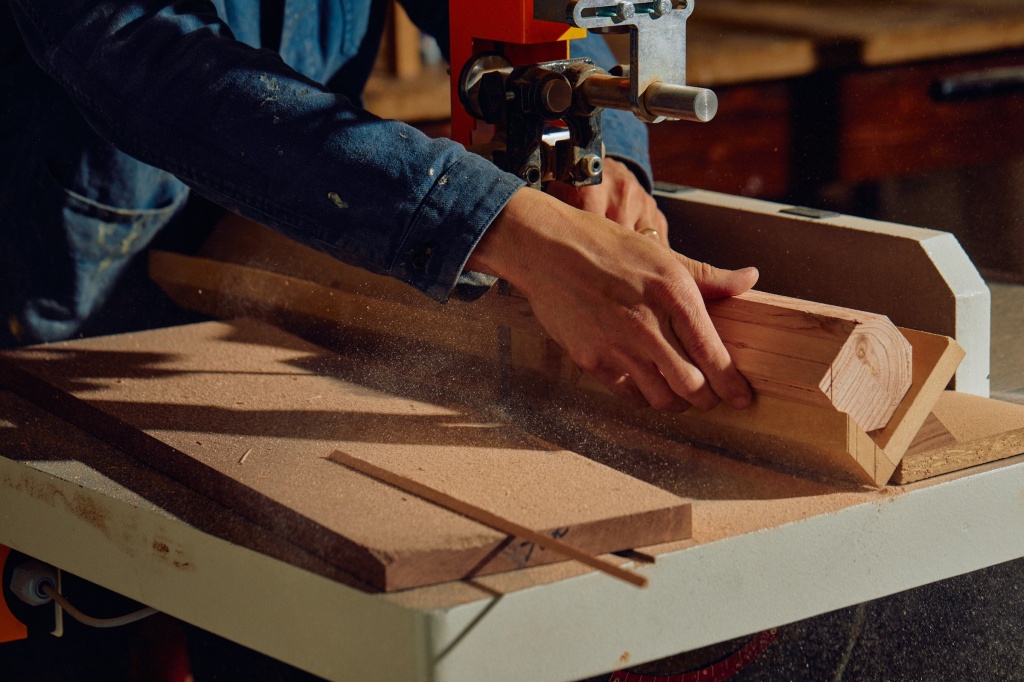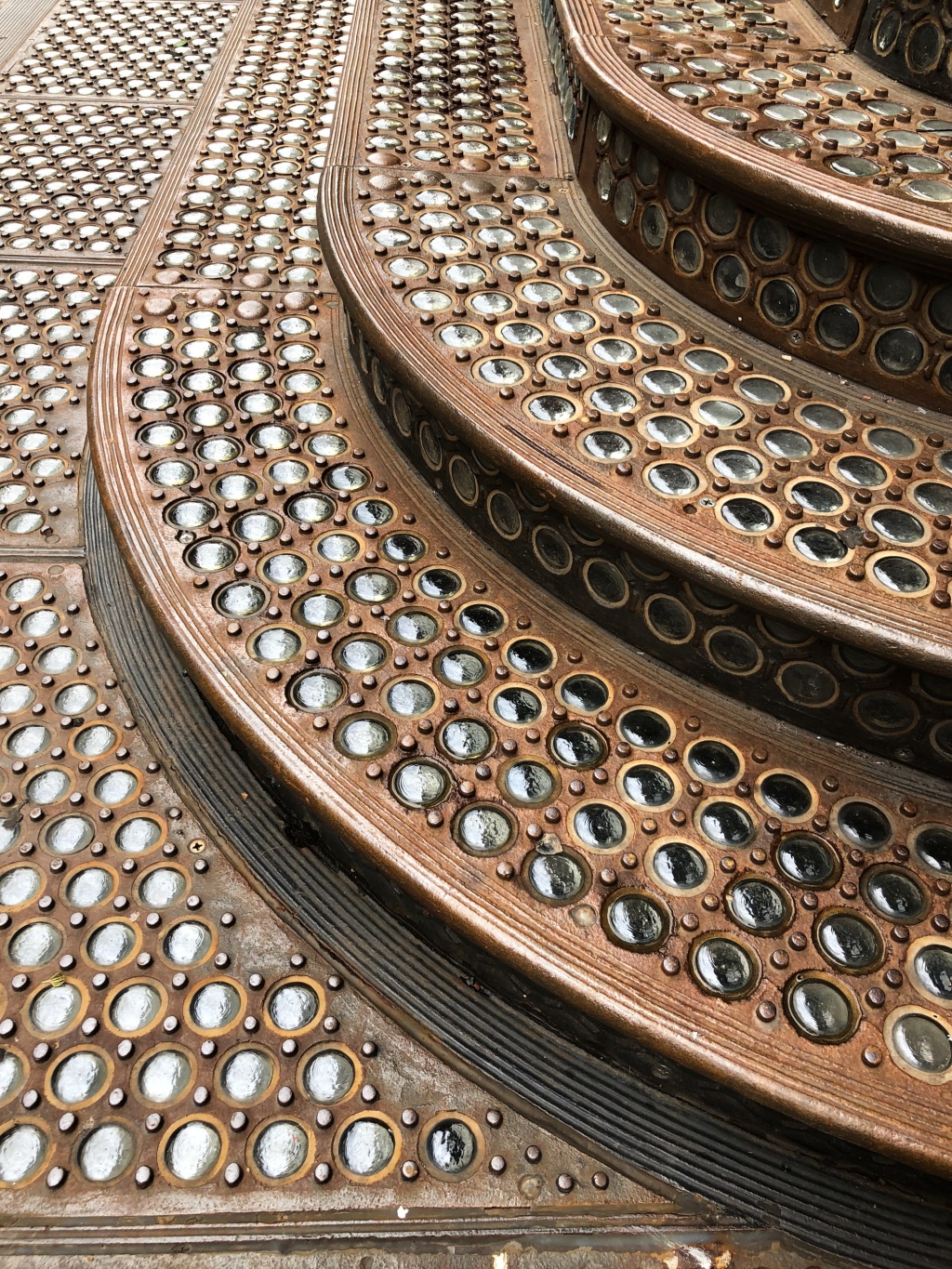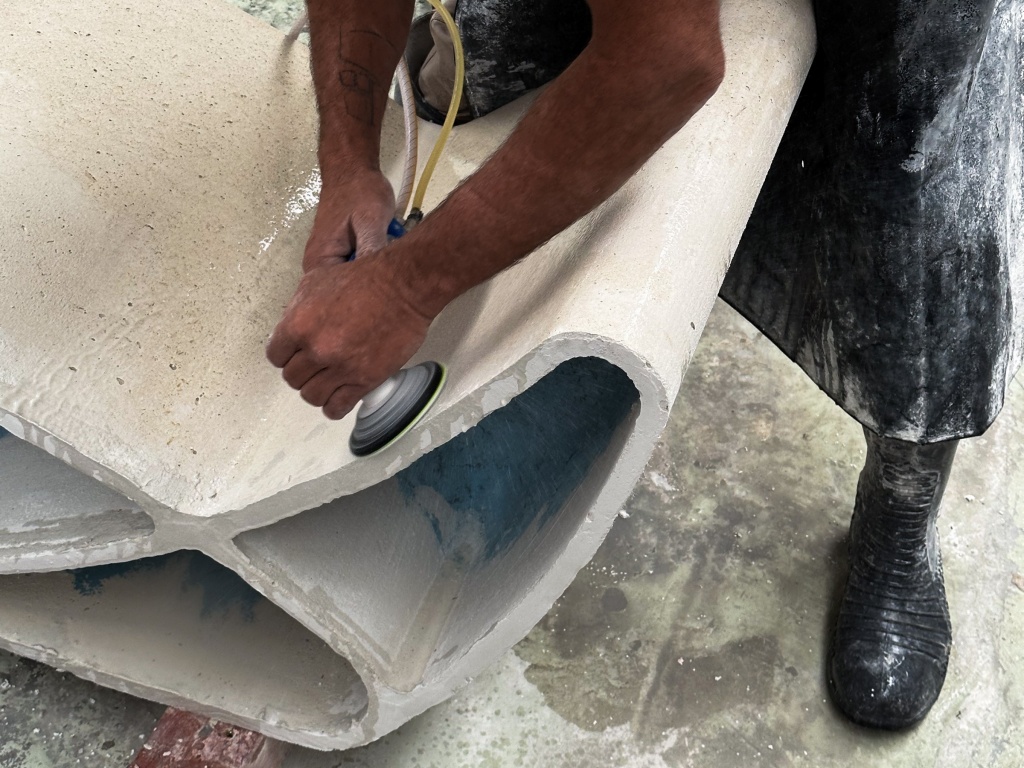Story of Origin & Natural Brick Co
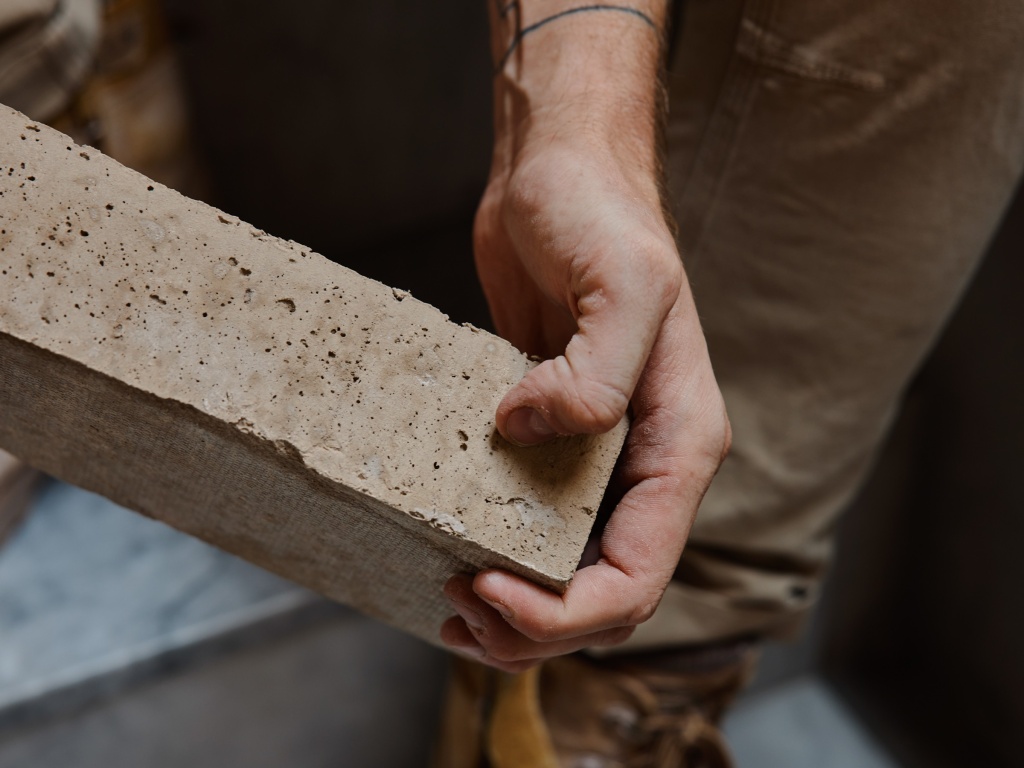
Welcome to our first ‘Story of Origin’. A behind the scenes chat with some of the people that have shaped the history and projects of our Practice.
This isn’t your regular Q&A. We invite them to take a step back and reflect on how it all came to be. It’s about their evolution. It’s their story; their trials or tribulations, their transformations and even just the sheer surprise of how they arrived here at all.

Our Principal Jeremy Bull [JB] sat down with Will Stewart [WS] of Natural Brick Co. A company dedicated to making waste into new building materials, or as they say ‘handcrafted sustainable masonry’.
We have had the pleasure of working with Will and his team since 2020 conjuring shapes and materials which before then we hadn’t even considered possible.
Here we speak a little about Will’s origin story, from his time spent in Kenya and Uganda working with organisations building schools and housing, to now as a prefabricating powerhouse.
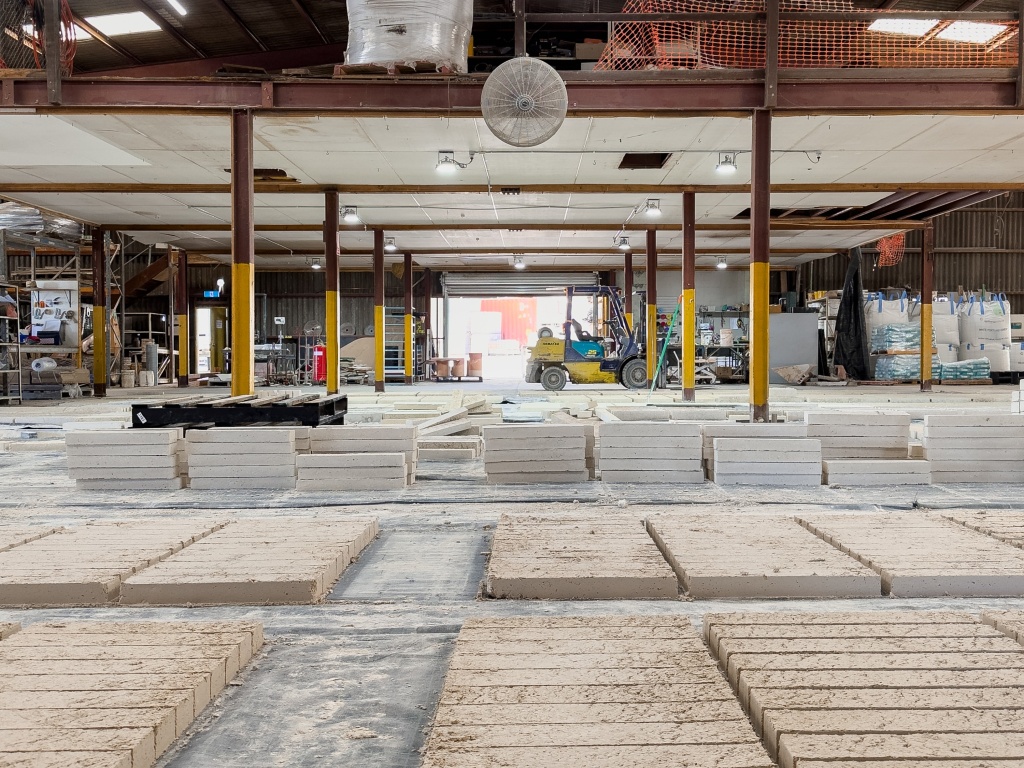
In my experience, I think that you end up through some collection of hero's journeys to be where you are. Some weird origin story that was very unpredictable and people tend to cut that bit out in their version of you. Where would you start your story of origin?
At that time, the old business (Natural Brick Co) wanted a new Sales Manager. Well, they wanted a salesperson. They had no salespeople; they just had a product!
Part of the inspiration came from seeing how Kenyans and Ugandans treated waste materials. There was a continuous search for future material potential, whether it be turning old tyres into shoes, or using recycled bottles to create pavers.
So there was that sort of alignment with what this business wanted to achieve, and what I was currently doing. Coming back from Kenya five years ago, I decided to take the plunge and join Natural Brick Co. (And work more ahours than I'd ever worked in my life!)
Two years into Natural Brick Co, we bought out the business from the former owner and moved into the space of material research.
There came an opportunity to invest in the business which gave my partners Troy McKay, Karl Bromley and I more creative control. With that ownership, we were given a little more freedom to take the business in the direction we all believed in and to run as fast as we could and see if it's going to work!
Part of the inspiration came from seeing how Kenyans and Ugandans treated waste materials. There was a continuous search for future material potential, whether it be turning old tyres into shoes, or using recycled bottles to create pavers.
Will StewartGiven that you're working in this ecological product and that you are were receiving an education in Uganda about building with a long term vision… did you ever think you wanted to be part of a business so that you could take a longer term view? Was there some turning point in that transition?
Two and a bit years ago we purchased a factory we’re now at. By becoming our own landlords, we were able to use the space to prototype on a larger scale, building walls, trialing concrete compositions, creating spaces for brickmaking, custom casting, material research and system prototyping. We moved from our small 1000m2 factory unit, which was an underground concrete bunker of sorts, that we called the Dungeon, into a 10,000m2 yard and factory. We now have a space that gives us so much more room for creative freedom. It's exciting. It's scary. But it's more exciting than it's scary.
Learn more about Natural Brick Co.


